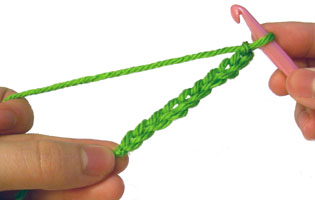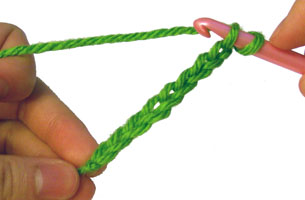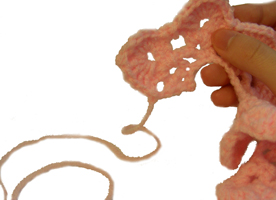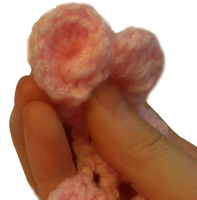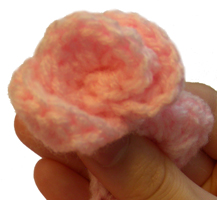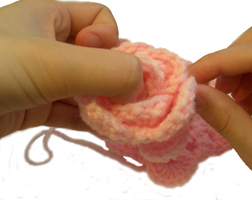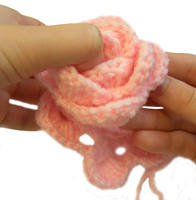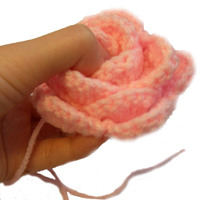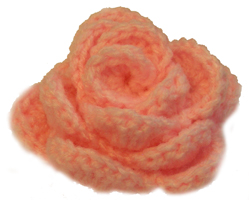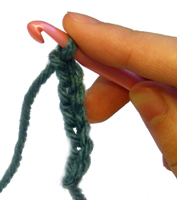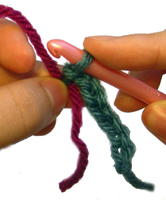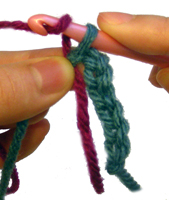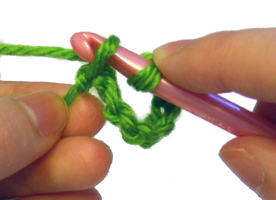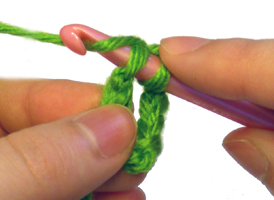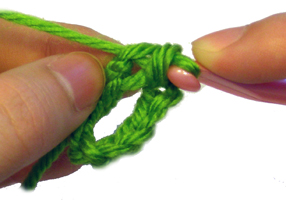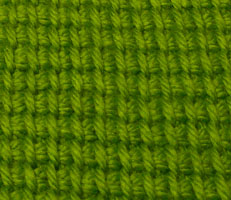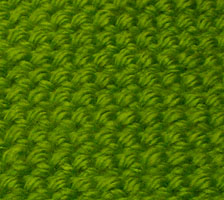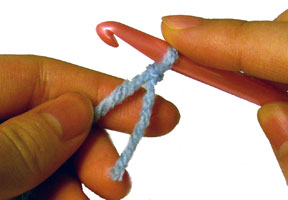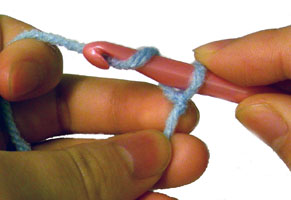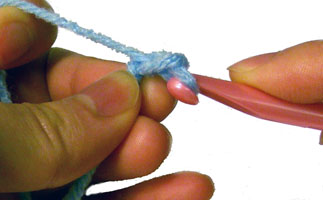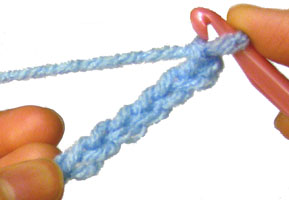I bet every crocheter remembers the dreadful first time they read a crochet pattern and had no clue what they were reading. I know for sure that happened to me! Let’s get rid of all that frustration and decrypt crochet patterns once and for all. Here is a basic guide to start reading crochet patterns.
Basic Crochet Abbreviations
For some reason pattern writers are too lazy to spell every word out. So they use abbreviations for just about every single word in the pattern. The master list of crochet abbreviations is always handy, but here are the basics to get started.
| Abbreviation |
Description |
| ch |
chain stitch |
| ch- |
refers to chain or space previously made: e.g., ch-1 space |
| ch-sp |
chain space, the space made by the chain |
| dc |
double crochet |
| dec |
decrease/decreases/decreasing |
| hdc |
half double crochet |
| inc |
increase/increases/increasing |
| lp(s) |
loops |
| MC |
main color |
| pm |
place marker |
| rep |
repeat(s) |
| rnd(s) |
round(s) |
| sc |
single crochet |
| sk |
skip |
| sl st |
slip sitich |
| sp(s) |
space(s) |
| st(s) |
stitch(es) |
| tr |
treble crochet |
| yo |
yarn over |
Basic Crochet Symbols
Not only do pattern writers use abbreviations, they also use special symbols. Most symbols are used to indicate what parts of the pattern are to be repeated. Here are the primary ones.
| Abbreviation |
Description |
| [ ] |
work instructions within brackets as many times as directed |
| ( ) |
work instructions within parentheses as many times as directed |
| * |
repeat the instructions following the single asterisk as directed |
| * * |
repeat instructions between asterisks as many times as directed or repeat from a given set of instructions |
Crochet Syntax
Now that we know basic abbreviations and symbols, lets take some examples and examine them.
Example 1
Row 1: With red, ch 21, turn, sc in second ch from hook, sc in each ch across: 20 sc
This is the first row you are crocheting and you will be using your red colored yarn. Make a chain that is 21 chains long. Then turn you crochet work to work in the opposite direction. Make a single crochet stitch in the second chain from your hook. Then make a single crochet in each of the chains across the row. When you finish this row, you will have made 20 single crochet stitches.
Note: When you count the second chain from your hook. Do not count the loop that is on your hook. The first chain from your hook is the chain right after the loop on your hook. So the second would be the chain after that.
Example 2
Round 1: With Beige, ch 2, 8 sc in second ch from hook, place marker: 8 sc
This is the first round that you will be crocheting and you will use your beige colored yarn. Round means that you will be crochet in a circle shape.
Start by making a chain that is 2 chains long. Remember that the loop on your hook does not count as a one of the chains. Next, make 8 single crochet stitches in the second chain from your hook. Then place a marker. At the end of this round you will have crocheted 8 single crochet stitches.
Note: Markers are used to keep track of where the round ends and a new round begins. When you crochet around a circle, it is very easy to loose track of where to stop and start a new round if you do not use a marker. A marker can be a small scrap piece of yarn. To place a marker, just insert it into the loop that is on your hook. At the end of every round, you should move the marker and put it into the new loop that is on your hook.
Example 3:
Round 5: (2 dc in next dc, dc in next 3 dc) around: 30 dc
This is the fifth round of a crochet project. Make 2 double crochet stitches in the next crochet stitch, which was a double crochet in the previous round. Then make a double crochet stitch in the next 3 stitches. Repeat this all the way around, until you reach the end of this round. You will have completed 30 double crochets in this round.
Note: You will know you reached the end of this round when you reach your marker. For this round, do not crochet in the loop that has the marker in it, stop in the stitch right before it, since the loop with the marker represents the beginning of the next round.
There are unlimited amounts of examples that can be placed here. Even expert crocheters have trouble reading crochet patterns from time to time. Just remember to not get frustrated, and to ask for help when you need it! If you need help with a pattern always ask the designer of the pattern since he/she would know the most about it. If it is one of my Crochet Spot patterns, you can always ask me for help anytime!!! Just leave a comment on the crochet pattern’s post and I’ll be sure to answer.
